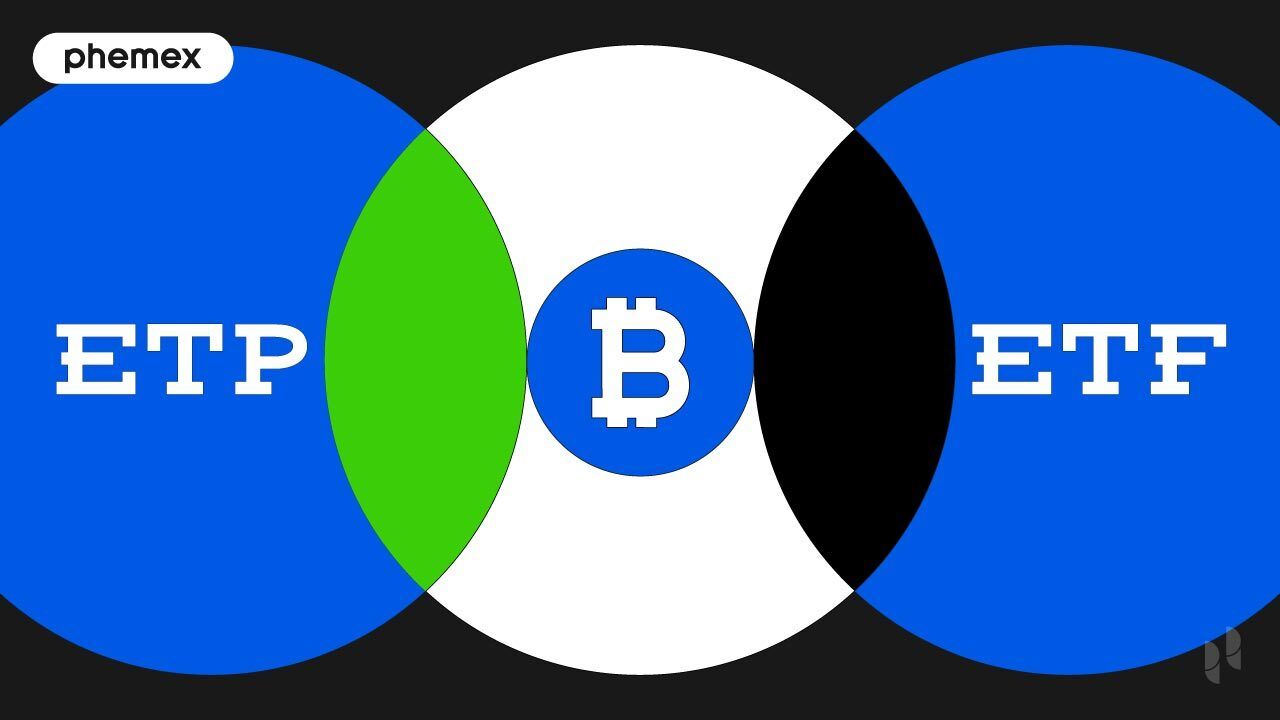Ethereum (ETH) is the second largest cryptocurrency by market cap and home to the largest decentralized app (DApp) collection of all blockchain platforms. Its name is known to virtually anyone who has come across the concepts of blockchain and cryptocurrency, even if very casually.
On the other hand, Ethereum Classic (ETC) has remained in relative obscurity despite being the original Ethereum network. By now, despite their common origin, Ethereum and Ethereum Classic are two blockchains that have more differences than commonalities.

Ethereum vs Ethereum Classic: The Fork
The birth of the original Ethereum blockchain can be traced back to the earlier half of the last decade, when teenage programming prodigy Vitalik Buterin developed a new platform based on something that the Bitcoin network was sorely lacking – smart contracts.
The new platform became host to the earliest DApp projects, including the fateful “the DAO” app. The DAO was a crowdsourcing app where users could submit DApp project proposals and the DAO community voted for the best proposals using cryptocurrency.
Unfortunately, the DAO was susceptible to security weaknesses that were finally exploited by a hacker or hackers in June 2016. On that fateful date, a hacking attack drained the DAO project of the equivalent of $50 million in Ether, a massive sum by the standards of the crypto industry at the time.
ETC Hard Fork
The majority of the Ethereum user community concluded that the best way to patch up the breach and avoid similar vulnerabilities in the future is to hard fork the blockchain into a new version and refund the lost funds to the wallets of the affected users.
The fork was promptly carried out, and the new blockchain became known as Ethereum, while its cryptocurrency was assigned the code ETH.
However, some users of the original blockchain where the DAO hack occurred were firmly against the forking decision. They reasoned that forking as a response to security hacks is not a sustainable way of managing a blockchain. These users believed that the original network, with its ledger of records, should be left untouched.
The users who were against the fork remained on the original platform that came to be known as Ethereum Classic, with the cryptocurrency code ETC.
Following the split, the two blockchains’ progress and market performance have been remarkably different. While Ethereum has become the leading smart contract and DApp platform in the blockchain world, Ethereum Classic has remained a small and relatively underused platform.

What Are the Similarities Between Ethereum and Ethereum Classic?
Sharing a common origin, the two networks, naturally, have some similarities, though the list of their differences is considerably longer. The key similarities between Ethereum and Ethereum Classic mainly relate to some technical parameters, specifically:
- Both blockchains are currently based on the Proof of Work (PoW) block validation method. However, Ethereum already runs a Proof of Stake (PoS) network alongside its main PoW-based platform, and plans to fully migrate to PoS by Q2 next year.
- Both are smart-contract capable and can host DApps.
- Both are capable of processing at most 15 to 20 transactions per second (TPS). However, the actual TPS and network activity on them is vastly different, as detailed in the differences section below.
What Is the Difference Between Ethereum and Ethereum Classic?
While the list of similarities between Ethereum and Ethereum Classic is modest, there are considerably more differences between them. These differences span various domains, such as core beliefs and ethos, security profile, network activity, some technical parameters, and market performance.
Platforms’ Ethos
The original split between Ethereum and Ethereum Classic blockchains was based on two main factors – ethos/beliefs and security. When the hacking attack on the DAO occurred and the decision to hard fork was taken, those against the fork put forward mainly an “ideological” argument that blockchains should not be altered.
Ethereum Classic adopted a motto, “Code in Law”, to emphasize immutability as a core principle for the blockchain.
On the contrary, Ethereum considers modifications such as forks as a possible solution to solve critical vulnerability problems or improve functionality. In general, Ethereum’s ethos allows for a much more flexible attitude to platform development.
For instance, Ethereum’s move to the PoS validation method is widely supported by the stakeholder community, whereas any such fundamental change on Ethereum Classic is highly unlikely.
Platforms’ Security
The DAO hack exposed security vulnerabilities in the original Ethereum blockchain. Those who advocated for the move to a new platform reasoned that it would be the safest way to avoid similar hacks in the future.
In general, despite the occurrence of relatively smaller-scare hacking attacks in the past, the new Ethereum blockchain’s security profile has proven to be effective. This is an impressive security performance, especially given the fact that Ethereum is a target of numerous attempted hacks due to its popularity and the large number of DApps on the platform.
On the other hand, Ethereum Classic continued to suffer from critical large-scale hacks beyond the original the DAO hack. In January 2019, the network was hit with a 51% critical hack.
In August 2020 alone, Ethereum Classic came under no less than three 51% hacking attacks. The network’s security profile became so compromised that some exchanges dropped ETC from the list of supported cryptocurrencies.
In general, the two networks differ significantly in terms of their security performance. Ethereum Classic’s stubborn “no change to blockchain” ideology has resulted in large-scale hacks that are not helping its security reputation at all.
Supply Mechanism
Unlike Bitcoin, Ethereum has no hard limit on the maximum token supply. In theory, the number of ETH tokens can grow indefinitely along with the activity on the network.
On the other hand, Ethereum Classic has a maximum supply limit of 210,700,000 ETC tokens. The mining rewards on the platform are also decreased after every 5 million new blocks. Some people in the blockchain community refer to coins with an uncapped supply such as ETH as “inflationary,” while labelling coins with a capped supply and decreasing mining rewards such as ETC as “deflationary.”
However, the coin’s inflation has more to do with the yearly increase in its circulating or liquid supply than with the capping and mining rules. In that regard, ETC will become a truly deflationary coin i.e., one whose supply does not grow, only after many years, perhaps even decades, depending on the network activity.
Currently, ETC has a liquid supply of around 130 million tokens. Its real inflation rate is actually ten times higher than that of ETH. At the same time, the uncapped ETH currently has only a 0.5% inflation rate, while the ETC inflation is running at 5% per annum.
DApp Ecosystem
Perhaps the largest difference between Ethereum and Ethereum Classic blockchains exists in the number of DApps used and the associated network activity. Ethereum hosts more than 3,000 DApps. Many of these are from the decentralized finance (DeFi) category, with an estimated total value locked (TVL) of around $123 billion.
This is in contrast to Ethereum Classic, which has hosted no more than a few dozen DApps and DeFi projects over recent years, with the majority of these having miniscule or zero TVLs. The total TVL on Ethereum Classic is currently estimated at just $112 million, 1,100 times lower than Ethereum’s TVL.

Transaction Processing Speed
While the two networks share the same maximum TPS of around 15-20, their actual TPS values vary by a factor of 15. Ethereum currently processes around 15 TPS, close to or at its maximum capacity, a testament to the network’s popularity.
Ethereum Classic has an actual TPS rate of around 1, much lower than it is maximum capacity.
Transaction Fees
This is probably the only area where Ethereum Classic outshines its younger brother. The average and median transaction fees on Ethereum Classic are just fractions of one cent.
This is in striking contrast to Ethereum, where the network congestion has led to an explosion in transaction fees in recent years. The current average and median transaction fees on Ethereum are $41 and $18 respectively.
ETH vs ETC 2021 Price Performance and Return on Investment
ETH started the year at $730 and now trades at $4,323, providing a return on investment (ROI) of nearly 500%. This is more than twice the overall cryptocurrency market appreciation of 220% since the start of the year.

ETC has performed even stronger in 2021. While it traded at $5.75 at the beginning of the year, it is now worth $47.68, an ROI of 729%.

ETC’s healthy performance this year might be due to some investors’ hope that the coin is going to be the next big mover after the strong growth days of ETH are over. While ETH grew strongly in the last few years, ETC has not had a full-year annual ROI of more than 27% since 2017, the first year of the DApp revolution in the blockchain industry.
Thus, investors putting their faith and funds into ETC hope that the coin has unrealized growth potential. It is hard to explain ETC’s solid performance this year with anything else. The overall fundamentals, e.g., the security profile, the number of DApps, or the platform-wide TVL, do not support this optimism towards ETC. Therefore, ETC could show some retraction from its current growth levels. On the other hand, ETH may likely continue its confident, even if not massive, growth in the future. The overall Ethereum platform fundamentals are strong, and the planned move to a much more efficient Ethereum 2.0 platform next year will only benefit the ETH coin.
Conclusion
Ethereum and Ethereum Classic are two related, but completely separate blockchain platforms. The original Ethereum platform developed by Vitalik Buterin came under a large-scale hacking attack in June 2016 through the DAO decentralized app hosted on it.
The majority of the Ethereum community concluded that the best way to rectify the damage and avoid similar attacks in the future is to hard fork the network into a new version. This new version is now known as Ethereum, with the cryptocurrency ETH.
However, a smaller group of users were against the fork and argued that blockchains should remain immutable. This group remained on the original platform, which was named Ethereum Classic, with the cryptocurrency ETC.
Due to their common origin, the two platforms share some technical commonalities, such as the block verification method, support for smart contracts and DApps, and the maximum throughput capacity.
However, Ethereum and Ethereum Classic have a number of significant differences. While Ethereum Classic remained small and underused, with just a few dozens of small DApps, Ethereum has grown into the world’s largest DApp platform and the second largest cryptocurrency behind Bitcoin.
Despite its relative weaknesses in many areas, Ethereum Classic enjoys much lower transaction fees and has also enjoyed slightly better market performance compared to Ethereum. This better market performance of ETC vs ETH might be due to some investors anticipating that ETC might be the “future’s ETH,” after having missed the boat on the latter’s highest growth years. Whether this expectation is justified remains to be seen.
Read More
- What is Ethereum Classic (ETC): Where Code is Law
- Bitcoin vs. Ethereum: Which is a Better Investment?
- What Is Ethereum: Ground Zero of the Next Digital Era
- Ethereum 2.0 – Everything You Need to Know
- The Ethereum Virtual Machine: How Does it Work?
- What is Etherscan: Ethereum Blockchain Explorer
- Ethereum’s ERC-20 Tokens – All You Need to Know
- Vitalik Buterin: All you need to know about the ETH inventor









